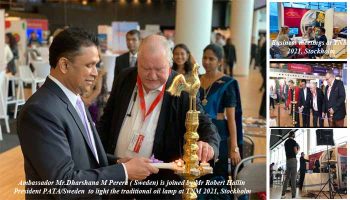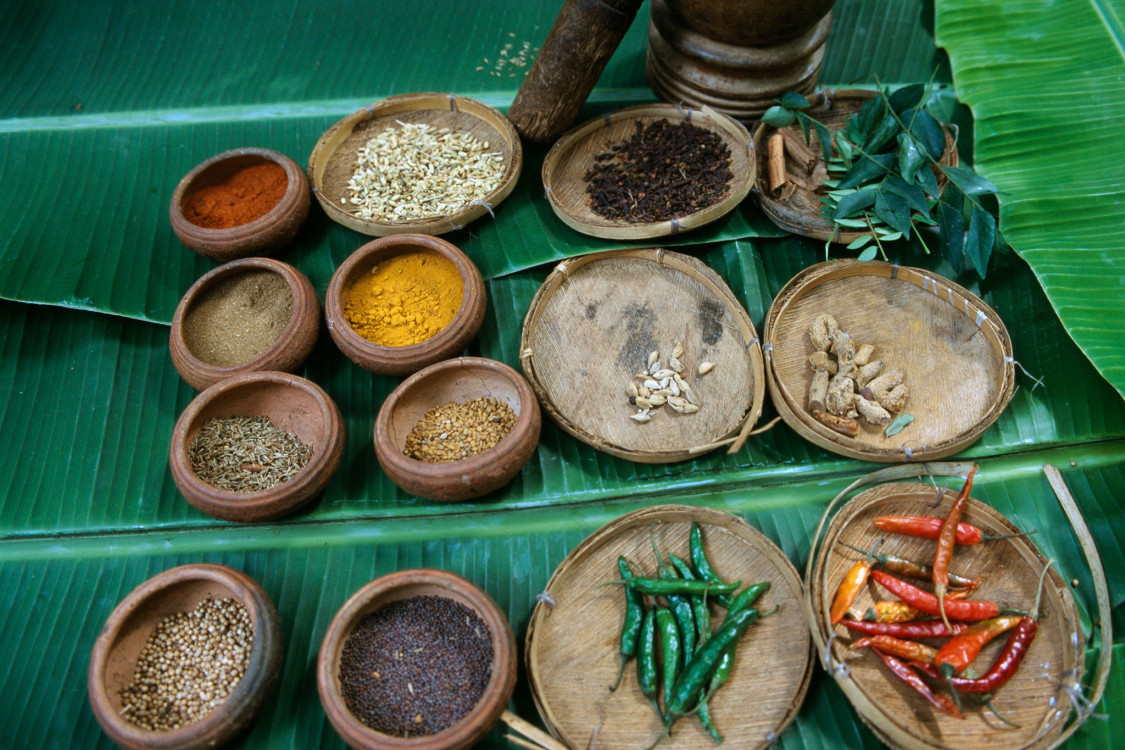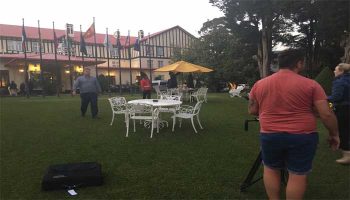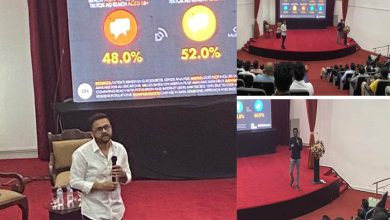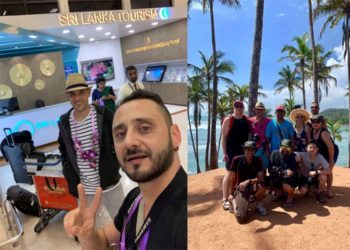New Zealand Women’s cricket team receive a warm welcome from Sri Lanka Tourism on their first Sri Lanka tour in 11 years
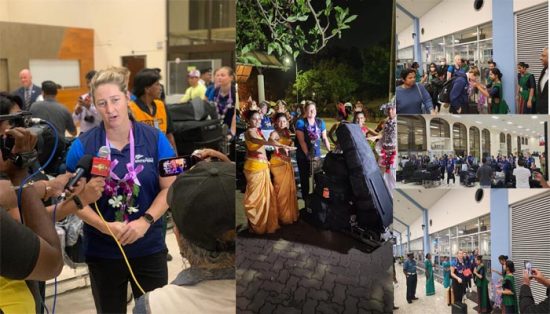
Sri Lanka Tourism gave a grand reception to the New Zealand Women’s National team who arrived in Sri Lanka, for their tour scheduled to start from 27th June to 12th July 2023, comprising of 3 one day matches and 3 T20 matches. They were warmly welcomed on their arrival at the BIA with a colorful cultural performance, along with the TIC staff of the SLTPB, in which they were highly impressed and enjoyed with interest, experiencing the well renowned Sri Lankan hospitality. Special guests to welcome the New Zealand women’s team included H. E Michael Appleton, the New Zealand High commissioner to Sri Lanka, Ms. Padma Siriwardana , Managing Director , SLTPB , Mr. Masitha De Thabrew, Assistant Director Events , SLTPB and Sri Lanka Cricket Board officials . Members of the New Zealand women’s team were also interviewed by the local TV channels and also print media which were present at the occasion, regarding their upcoming match series with the host nation. Another special highlight of this tour is that they are touring Sri Lanka for the first time after 2012.
They will be also having a practice T20 game with SLC Board President’s XI, which will be an interesting encounter, and the initiative taken by Sri Lanka Tourism will further encourage them to take back a positive message about Sri Lanka to their home country, encouraging more tourists from New Zealand, to experience the rich and colorful Sri Lankan culture and the warm friendship and hospitality of its inhabitants. During their stay they will also participate in a few events hosted by Sri Lanka Tourism, and extend their support to develop tourism and take Sri Lanka ‘s name to the world. Currently New Zealand is one of the emerging markets in Sri Lanka Tourism which has the potential of becoming an important market in the long run, especially in the areas of sports, culture and Adventure Tourism.


